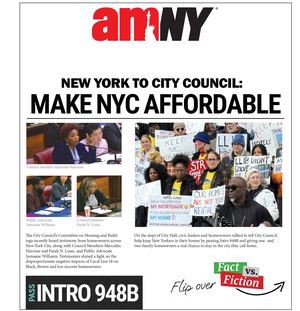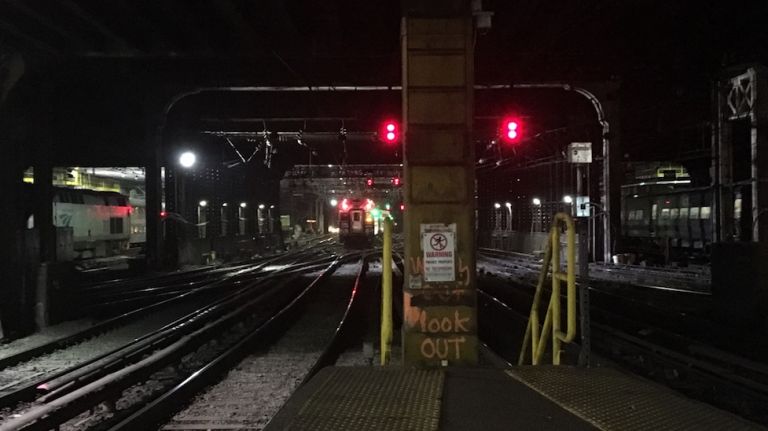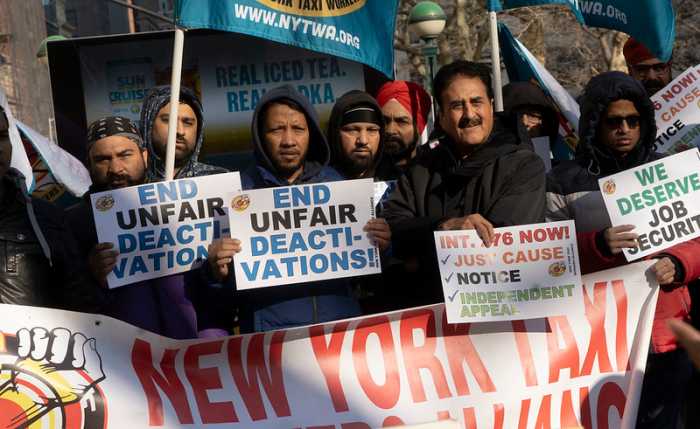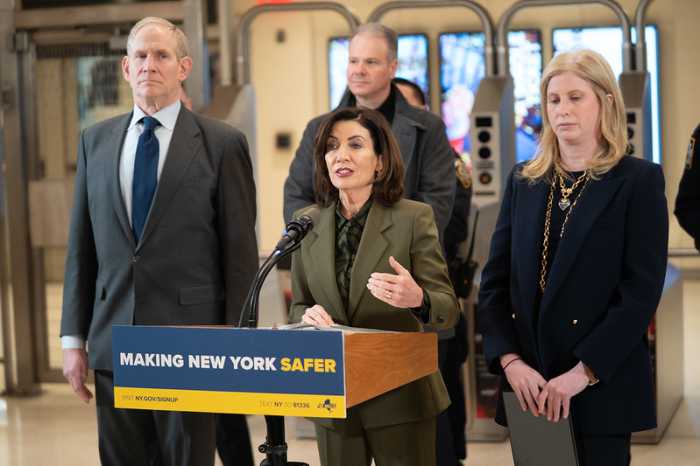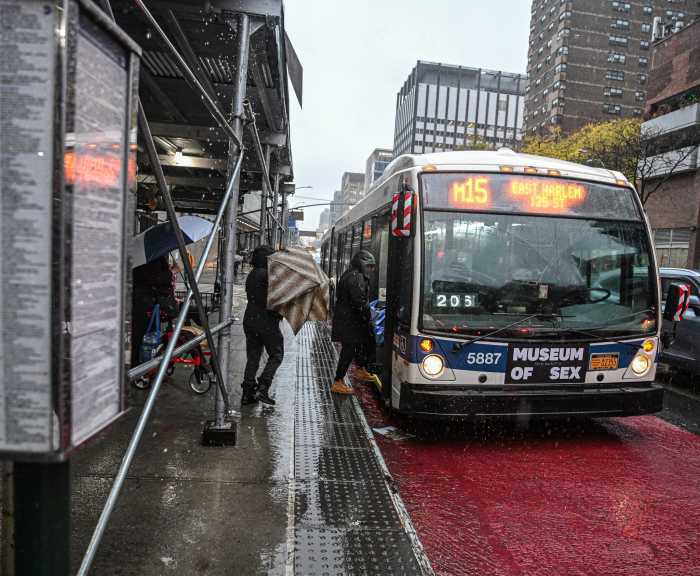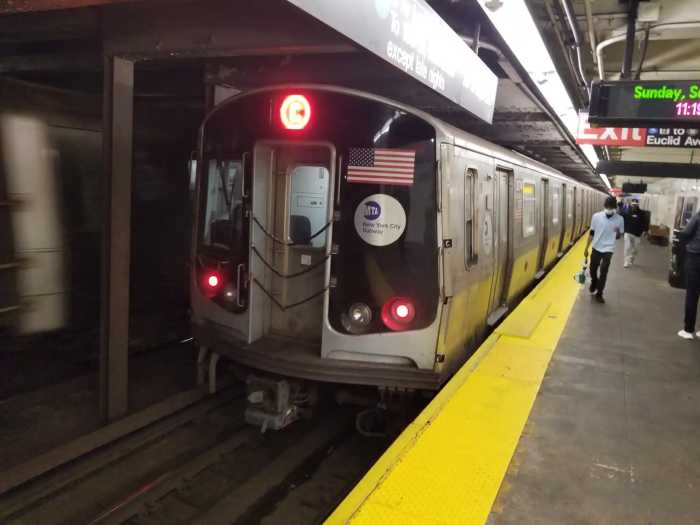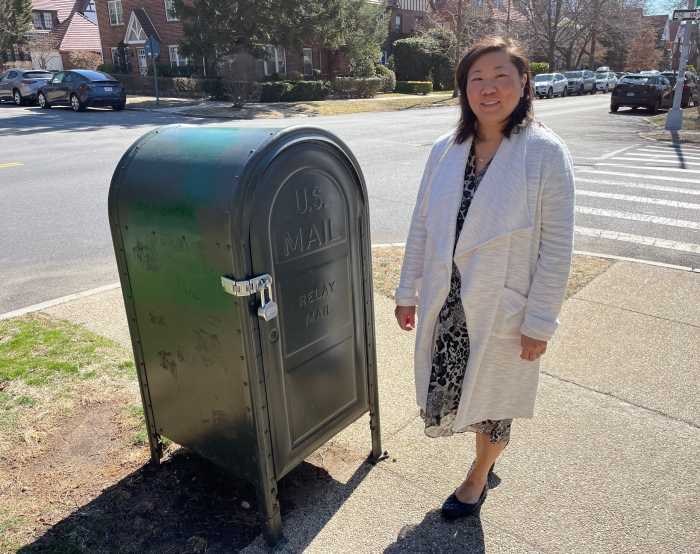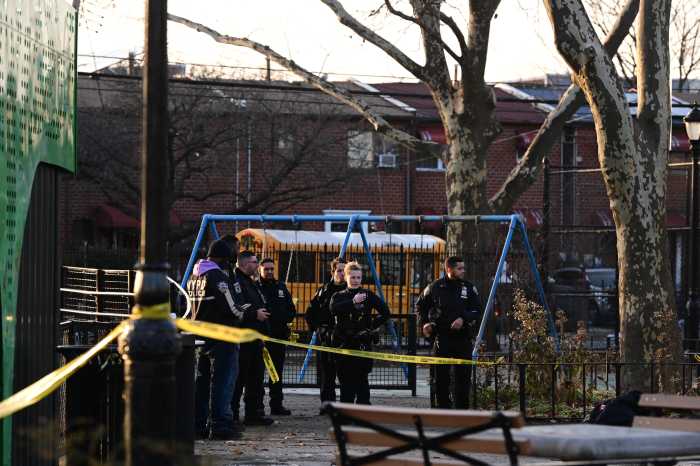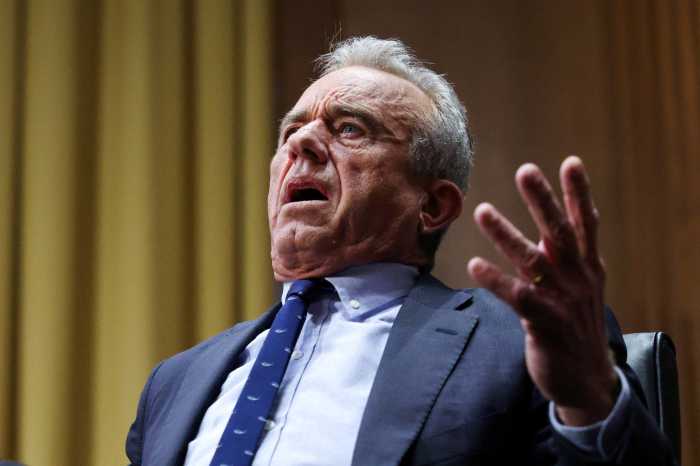
Amtrak’s summer renewal project won’t fix Penn Station’s power problems that often cause delays, but will address what chief operating officer Scot Naparstek says is the most pressing issue, the deteriorating tracks.
The repair work, which begins Monday, July 10, will focus on tracks and switches in the western portion of the station. Naparstek compared the tracks to the metal parts of a car engine, describing them as the “wear-and-tear items.”
“If you look at your engine, all the metal parts that are always rubbing and wearing … We’re going to go replace those types of parts,” he said in an interview at Penn Station.
Some politicians and other critics, however, argue that the signal system is the biggest problem at the station. Naparstek admitted that there are issues with the signal system, but said it is not at a point where it has to be the focus of repair work. “When you look at the derailments, when you look at the incidents, they really are predominantly happening at a track level,” he said.
Just days before the work was set to begin, an NJ Transit train derailed at the station. Two prior derailments and several stallings prompted Amtrak to speed up its repair work.
The project is expected to last until Sept. 1, and will shut down several tracks. At least 75 percent of trains will continue to operate, Amtrak said.
Here’s what we know about the renewal work and how commuters will be affected during what Gov. Andrew M. Cuomo has dubbed the “summer of hell.”
What kind of repairs is Amtrak doing?
The summer repairs will focus on the area of tracks and switches known as “A Interlocking,” which is used to route trains entering the station from the Hudson River tunnels and the Long Island Rail Road’s West Side Yard to various tracks and platforms. Amtrak CEO Charles “Wick” Moorman said the planned upgrades of track infrastructure will not include the East River tunnels leading into and out of Penn nor the station’s signal system.
Naparstek said Amtrak is looking into how to renew the signal system, but it’s too early to know when it will be addressed. He added that after September, repairs will continue in other parts of the stations, but did not have specifics on which areas will be addressed first.
What service changes will be in place?
Amtrak
On weekdays between July 10 and Sept. 1, the following changes will be in effect.
Empire Service: Three round-trip trains (six total trains) will operate between Albany-Rensselaer and New York Grand Central Terminal
Northeast Regional Service: Three round-trip trains between New York City and Washington, D.C., will be canceled. Service between New York City and Boston will operate at currently scheduled levels.
Keystone Service: Three round-trip trains will operate between Philadelphia and Harrisburg, instead of between New York City and Harrisburg. One round-trip train will operate between Newark, New Jersey, and Harrisburg.
Adirondack/Maple Leaf Service: The Adirondack, between New York City and Montreal, and the Maple Leaf, between New York City and Toronto, will be combined.
Long-Distance Service: The Crescent, operating between New York City and New Orleans, will originate and terminate in Washington, D.C., daily during work periods. Connections will be provided on other Northeast Corridor trains.
LIRR
There will be 36 cars added to existing trains, the MTA said. There will also be new ferry routes from Long Island to Manhattan to accommodate 2,300 riders, and 200 coach buses will be put into service.
NJ Transit
About 7,400 customers will be diverted to Hoboken every weekday morning, instead of being able to take a one-seat ride on the Morris & Essex Midtown Direct Line into New York, NJ Transit executive director Steve Santoro said. They will have to transfer either to another train or the ferry in order to get to the city, adding 30 to 45 minutes to their commutes.
Who’s overseeing the project?
Amtrak, which owns Penn Station, is overseeing the project, but it has consulted with NJ Transit and the MTA, which operates the LIRR, according to officials. Cuomo and New Jersey Gov. Chris Christie, however, called for Amtrak to allow “a professional, qualified, private station operator” to take over the repairs and manage the process.
What other reforms are being made at Penn Station?
Amtrak plans to hire a private company to manage the concourse-level areas. The new management will be overseen by Amtrak, NJ Transit and the LIRR. The need for a private company stemmed from problems on the concourse levels, including heavy crowding, temporary closures of some entrances, leaking roofs and communication problems.
Amtrak brought in MTA chief Thomas Prendergast, who stepped down in January, to “independently review the interaction, coordination and collaboration between the railroads’ various passenger concourses within Penn Station.”
Why now?
In recent months, commuters on Amtrak, NJ Transit and the LIRR have been plagued with delays caused by a slew of infrastructure issues, including mismatched pieces of rail, dangling overhead electrical wires and faulty switches. The recent incidents, including train derailments and multiple train stallings, forced Amtrak to accelerate its renewal plan.
“While a substantial amount of reconstruction has already been done at New York Penn Station, the remaining renewal work has been scheduled to take place over the next several years in order to minimize impacts on scheduled services,” Moorman said in a statement in April. “We can’t wait long. This work needs to be done now.”
In June, a LIRR got stuck in the East River Tunnels, but that part of the tracks will not be repaired in this project.
With Newsday and Reuters
